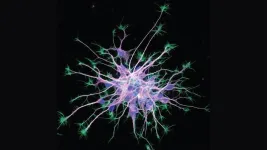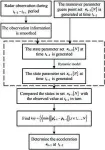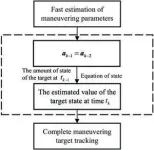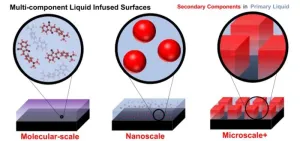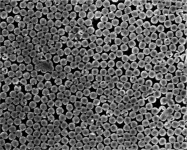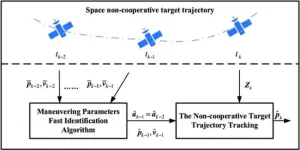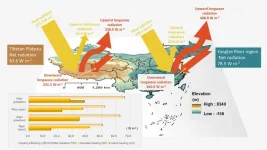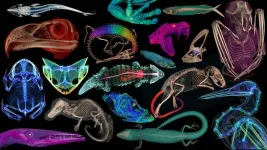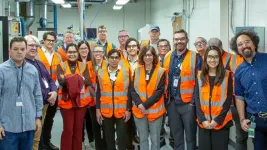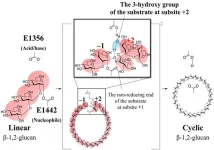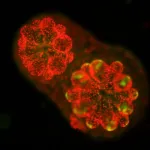Founded in 2003 by philanthropist Paul G. Allen, the Allen Institute focuses on big questions in biology through a team-based, open science approach, and currently has moonshot projects in neuroscience, cell biology, and immunology institutes.
The new partnership will integrate the Allen Institute’s expertise in large-scale brain mapping and brain recording with the cutting-edge research of the Weill Neurohub’s founding members: the University of California, Berkeley; the University of California, San Francisco; and the University of Washington.
“The expansion of the Weill Neurohub and our formal partnership with the Allen Institute represents a powerful joining of forces in neuroscience,” said Stephen Hauser, M.D., the Robert A. Fishman Distinguished Professor of Neurology at UCSF and director of the UCSF Weill Institute for Neurosciences. “This is a transformative development that advances the founding vision of the Weill Neurohub as a unique community that links the best minds, technology and data in the field to accelerate discovery and translational impact.”
World-class scientific communities
Established in 2019 through a gift from the Weill Family Foundation, the Weill Neurohub supports cross-institutional projects employing a range of approaches – including advanced imaging, engineering, genomics and molecular therapies and computation and data analytics – to address a wide range of debilitating neurological disorders and diseases. The enterprise joins multiple world-class scientific communities into a unique and innovative research network.
“The Allen Institute’s deep expertise in these areas will fuel high-impact approaches to brain disorders,” said Rui Costa, D.V.M, Ph.D., the organization’s President and CEO.
“Joining the Weill Neurohub is a natural extension of our efforts to map the cell-types and their function in the healthy brain,” Costa said. “This foundational knowledge lays the groundwork for pinpointing the exact nature of dysfunctions in neurological and mental health disorders and for exploring potential strategies to rectify them. The potential for collaborative breakthroughs is truly exciting.”
Cross-disciplinary work to address complex diseases
Central to the partnership will be a series of meetings to foster an exchange of knowledge, technological prowess, and novel resources among the organizations. These collaborative sessions are intended to spark new joint projects and residencies, focusing on the scientific pillars of the Weill Neurohub.
“One of the things that’s so exciting about this partnership is the connection between leading experts in a range of disciplines – such as engineering, advanced imaging, computational modeling and AI – that are essential for teasing apart and illuminating the biological complexity of disease states,” said Tom Daniel, Ph.D., Professor Emeritus at the University of Washington and President and CEO of the Washington Research Foundation. “The work made possible will truly enhance our ability to understand the brain and nervous system, and develop interventions to combat disease and support healthy brain circuitry.”
New research opportunities
In addition, a Weill Neurohub-Allen Institute residency program, allowing investigators from one institution to work at another, will expand research opportunities for postdoctoral fellows and faculty, enabling scientists to think ambitiously about the direction of their research.
“This is the combination of talent that is needed at this moment to accelerate the pathway from basic science insights to preventive and curative solutions, especially when you consider the many pathways involved in conditions like neurodegeneration, chronic pain or stroke,” said Ehud Isacoff, Ph.D., the Evan Rauch Chair in Neuroscience at UC Berkeley and head of UC Berkeley’s Helen Wills Neuroscience Institute.
“In the Allen Institute, we’re welcoming a partner with unique talent and experience in revealing biology’s complexities in multiple dimensions.”
Philanthropist Sanford I. “Sandy” Weill, chair of the Weill Family Foundation, also sees tremendous value in the Neurohub’s linking of the four preeminent research institutions. “We’ve understood from the outset that to make progress against these very tough neurological conditions, we need to make better connections possible between the best and the brightest. That’s what the Weill Neurohub is all about. This new partnership critically advances that vision by bringing the Allen Institute’s unique expertise and resources into the fold. My wife Joan and I are thrilled to see the Weill Neurohub’s scope of activity and impact continue to grow.”
# # #
About UCSF
The University of California, San Francisco (UCSF) is exclusively focused on the health sciences and is dedicated to promoting health worldwide through advanced biomedical research, graduate-level education in the life sciences and health professions, and excellence in patient care. It includes UCSF Health, which comprises three top-ranked hospitals, as well as affiliations throughout the Bay Area. Learn more at https://www.ucsf.edu, or see our Fact Sheet.
Media Contact
Laura Kurtzman
Laura.Kurtzman@ucsf.edu
415-502-6397
About the Allen Institute
The Allen Institute is an independent, 501(c)(3) nonprofit research organization founded by philanthropist and visionary, the late Paul G. Allen. The Allen Institute is dedicated to answering some of the biggest questions in bioscience and accelerating research worldwide. The Institute is a recognized leader in large-scale research with a commitment to an open science model. Its research institutes and programs include the Allen Institute for Brain Science, launched in 2003; the Allen Institute for Cell Science, launched in 2014; the Allen Institute for Immunology, launched in 2018; and the Allen Institute for Neural Dynamics, launched in 2021. In 2016, the Allen Institute expanded its reach with the launch of The Paul G. Allen Frontiers Group, which identifies pioneers with new ideas to expand the boundaries of knowledge and make the world better. For more information, visit alleninstitute.org.
Media Contact
Peter Kim, Sr. Manager, Media Relations
peter.kim@alleninstitute.org
206-605-9884
END
